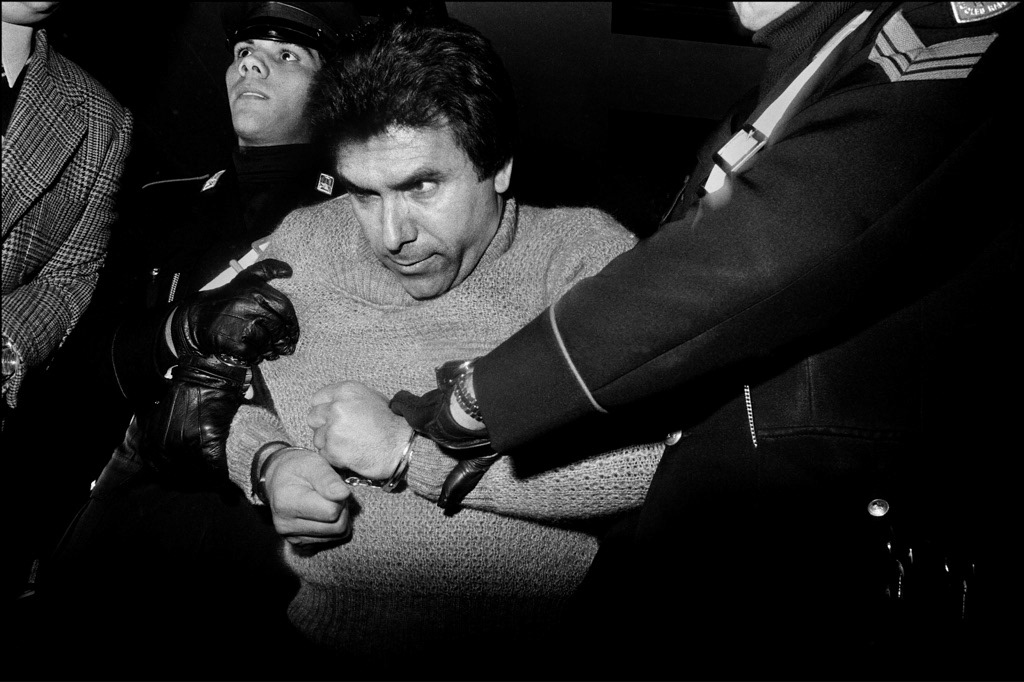Letizia Battaglia (Palermo, 1935) is a Sicilian photographer and photojournalist. Although her photos document a wide spectrum of Sicilian life, she is best known for her work on the Mafia. Letizia Battaglia, Anthology is a large selection of her iconic black and white images are presented in the book, guiding the reader along a journey into one of post-war Italy’s darkest periods. Drawing from Battaglia’s personal archive the Letizia Battaglia, Anthology also includes more recent projects. Letizia Battaglia, Anthology offers a unique approach to her genre-defining photography (often linked to that of American ‘crime’ photographer Weegee) and a chance to reflect on the role of photography as an individual and collective means for taking action, bearing witness, providing evidence and documenting history.

The Daily Beast wrote that her pictures capture “Mafia judges and police officers, many dead in their cars with blood so fresh it glimmers like water.” Yet some present daily Sicilian life with “young girls playing on the cobbled streets and wealthy women in fur collars sipping champagne.”

Letizia Battaglia is recognised as one of the most important contemporary photographers, not only for shots firmly present in the collective consciousness, but also for the civic and ethical value she brings to the practice of photography.
She was born in Palermo in 1935 where she will spend most of her career and life. At the age of 27 she accidentally met the poet Ezra Pound; this quick acquaintance brought her closer to his poetry, which became a great source of inspiration throughout her life.
Letizia would later find work at “l’Ora,” a local newspaper in Palermo with which she would collaborate for several years even after a brief experience in Milan in the early 1970s. In Milan, Letizia would learn photography until, in ’74, she returned to her beloved hometown upon receiving a job offer for a position as head of photography, again for the newspaper “l’Ora.”
She would finally begin to confront the harsh reality of a city, a region, split by the Mafia, cronyism, politics, and poverty: photography would become her full-time vocation, her constant commitment not only serving to bring the stark reality to everyone’s attention but also allowing her to work side by side with other great witnesses of her time including, for example, Josef Koudelka and Ferdinando Scianna.
Her commitment as a photographer inside and outside the newspaper is continuous, this at least until 1992, the year of the murders of Giovanni Falcone and Paolo Borsellino. Heartbroken and exhausted, she will interrupt her career as a photojournalist but will not abandon the struggle, preferring instead to focus on her cooperative activities of awareness-raising and dissemination.
Indeed, Letizia Battaglia has always supported and collaborated with different agencies and different workshops to spread her knowledge and experience to all those who are eager, like her, to make photography their mission, their weapon of rebellion.
This “mission” will culminate with the inauguration, in 2017, of the “International Center of Photography of Palermo,” a historical archive that collects the shots of more than 150 photographers, professionals and amateurs, who wish to show to the public, national and international, their vision of the city and so that these testimonies can be preserved forever.
Letizia Battaglia, Anthology
Hardcover, 24x32 cm, 96 pages | Drago Publisher | ISBN: 978-88-98565-18-4
Designed and made by Nicola Veccia Scavalli